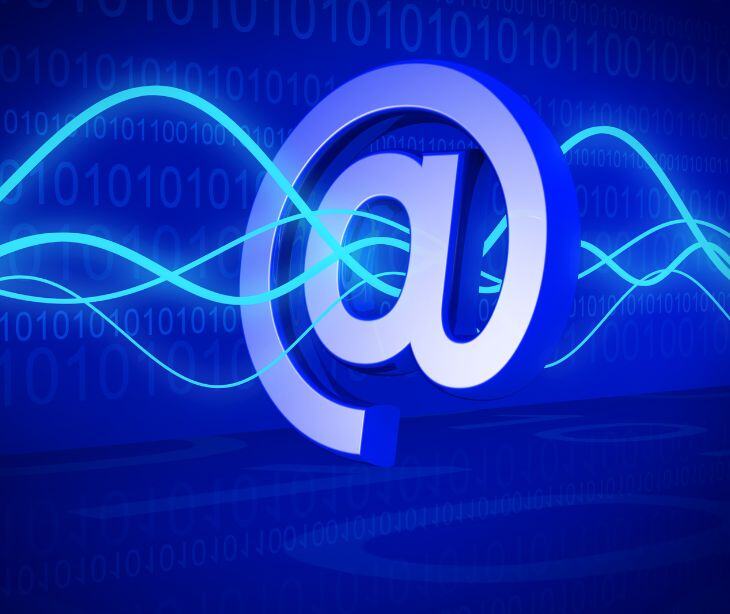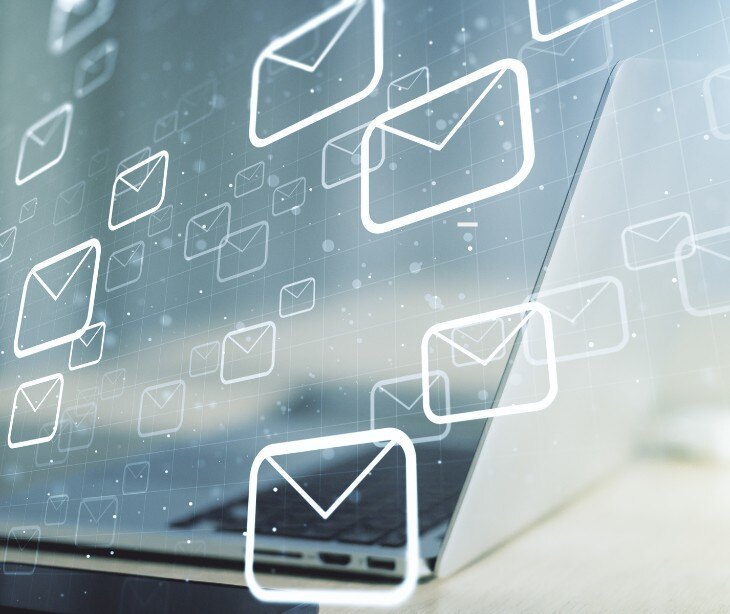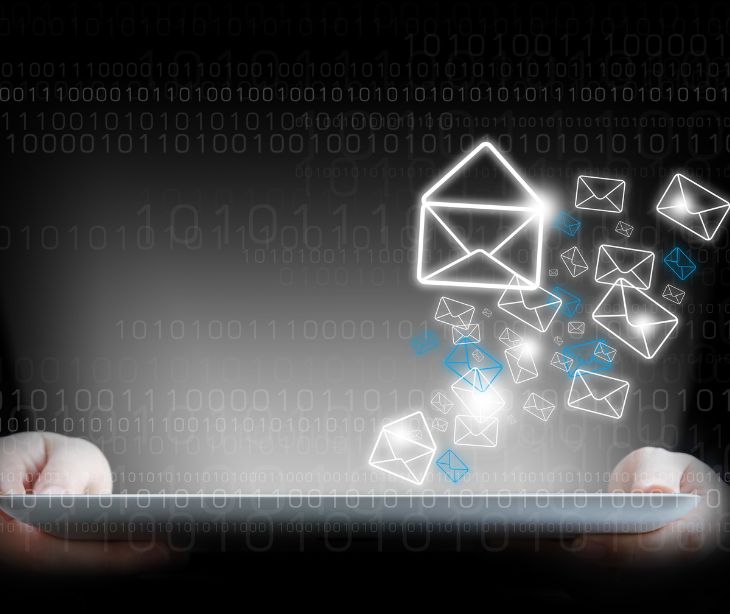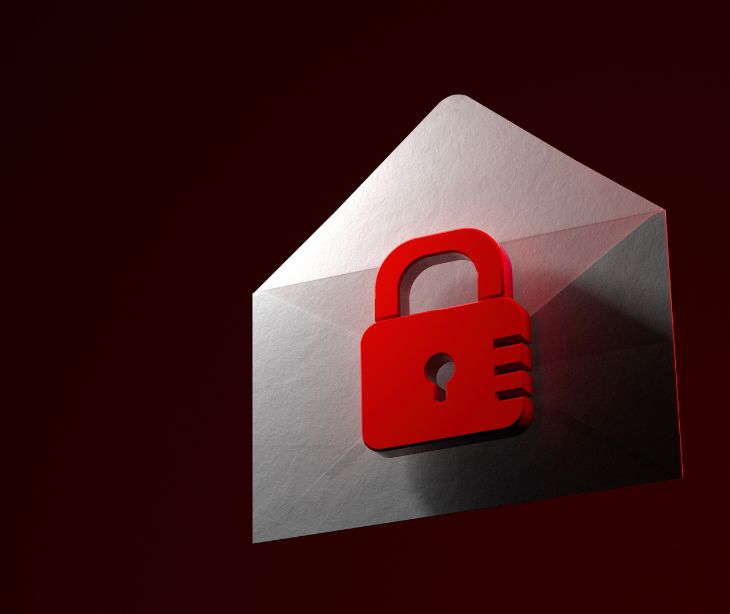2 min read
Differences between an SEG and a traditional email filter
Tshedimoso Makhene
August 12, 2024

Secure email gateways (SEG) offer comprehensive protection with advanced threat detection, DLP, encryption, and email continuity, suitable for larger organizations with complex security needs. On the other hand, traditional email filters provide basic spam and malware filtering, are cost-effective and simpler to manage, suitable for smaller organizations with less sophisticated security requirements.
Importance of email security
Email security is critical to cybersecurity, as email remains one of the most common and effective vectors for cyberattacks. According to Mimecast, 41% of businesses have experienced an email-based attack, and eight out of ten of those companies have been victims of ransomware. Therefore, robust email security protects sensitive information and maintains trust with customers, partners, and stakeholders.
An SEG and a traditional email filter both aim to protect users from malicious and unwanted emails, but they do so in different ways and with varying levels of sophistication.
See also: HIPAA Compliant Email: The Definitive Guide
Secure email gateway
Comprehensive threat protection
SEGs provide advanced threat protection, including defense against phishing, spear-phishing, malware, ransomware, and other sophisticated email-based attacks. They often use advanced technologies such as machine learning, artificial intelligence, and behavioral analysis to identify threats.
See also: Types of cyber threats
Data loss prevention (DLP)
SEGs typically include DLP features to prevent sensitive information from leaving the organization, ensure compliance with regulations, and protect intellectual property.
Email encryption
SEGs often offer email encryption capabilities to protect the confidentiality and integrity of email content during transmission.
Advanced spam filtering
SEGs provide robust spam filtering mechanisms, reducing the likelihood of spam reaching users' inboxes.
They often update their threat databases in real-time to stay ahead of new spam techniques.
Email continuity
SEGs can provide email continuity services, ensuring email communication continues during server downtime or outages.
Integration with other security tools
SEGs can integrate with other security solutions, such as security information and event management (SEIM) systems, enhancing overall security posture.
Traditional email filter
Basic spam and malware filtering
Traditional email filters focus primarily on identifying and blocking spam and known malware using signature-based detection methods.
They typically rely on predefined rules and heuristics to filter emails.
Limited threat detection
Traditional filters may be less effective against advanced threats like zero-day exploits, spear-phishing, and sophisticated social engineering attacks. They usually lack the advanced threat detection capabilities found in SEGs.
Simplicity and ease of use
Traditional email filters are generally easier to set up and manage, making them suitable for smaller organizations with less complex security needs.
Cost-effective
Traditional email filters tend to be less expensive than SEGs, providing a cost-effective solution for basic email protection.
Limited additional features
Traditional filters may not offer advanced features such as DLP, encryption, or email continuity, focusing mainly on spam and malware filtering.
FAQs
What role does data loss prevention (DLP) play in email security?
Data loss prevention (DLP) helps prevent the accidental or intentional sharing of sensitive information via email. DLP systems monitor outgoing emails for confidential content and can block or encrypt the email if it violates security policies.
How often should I update my email security settings?
You should regularly review and update your email security settings, especially after any security incidents, software updates, or changes in your usage patterns. At a minimum, review settings every few months to ensure they align with current security best practices and threats.
Subscribe to Paubox Weekly
Every Friday we'll bring you the most important news from Paubox. Our aim is to make you smarter, faster.



